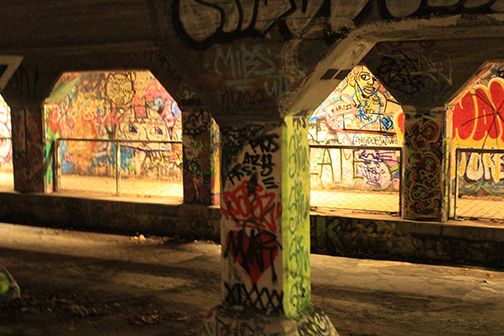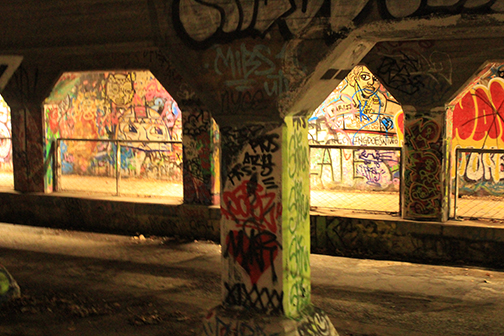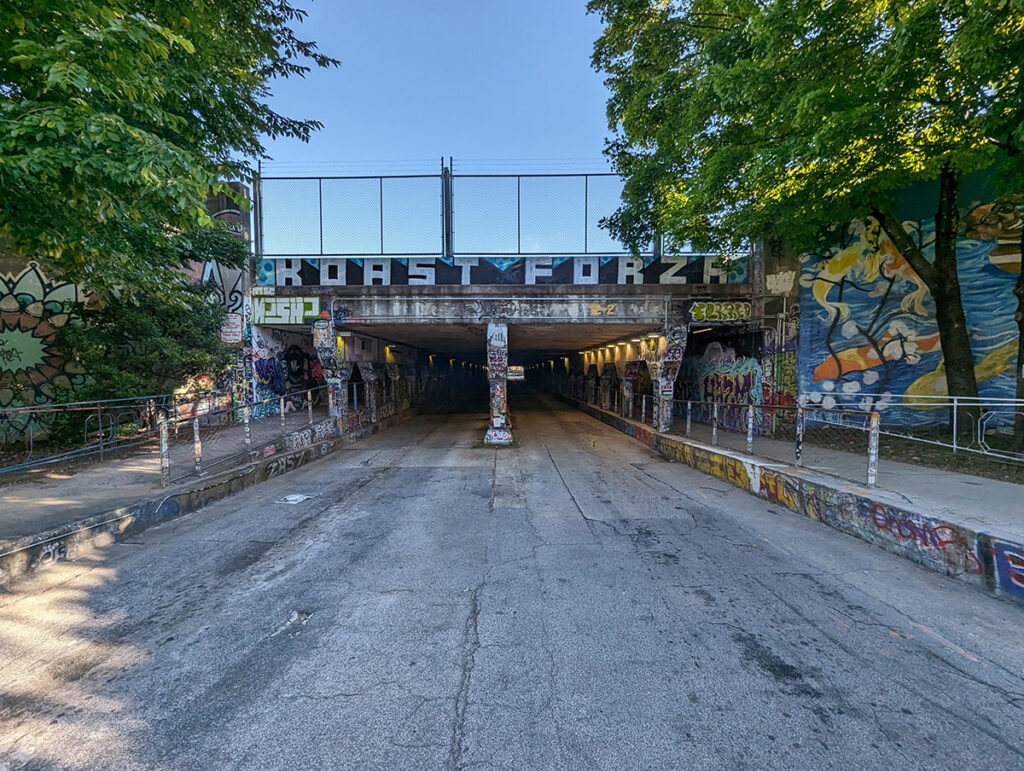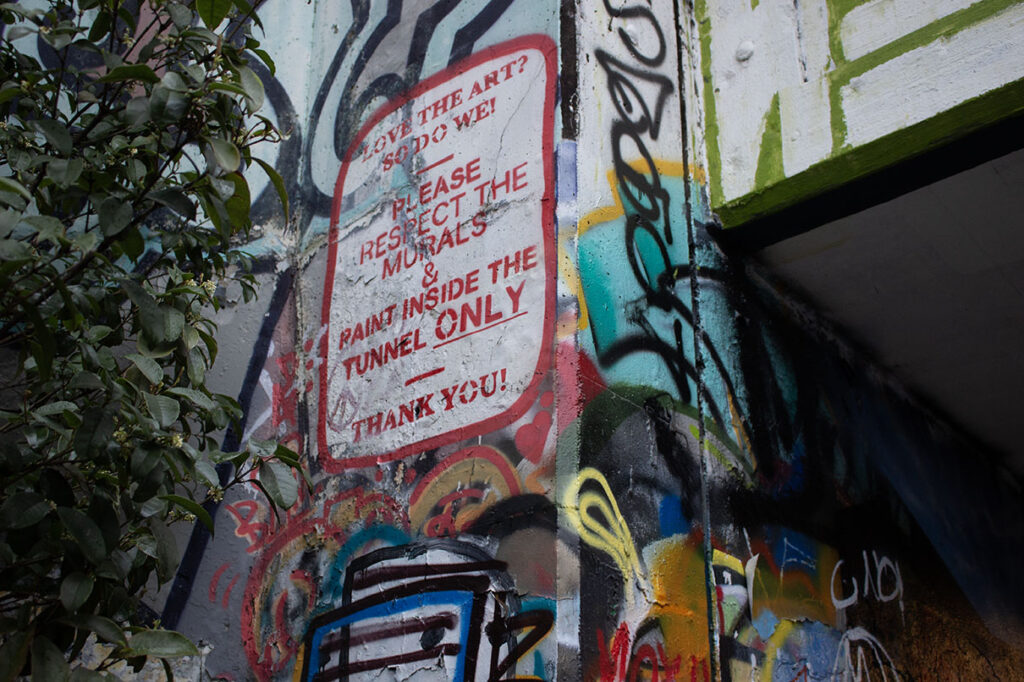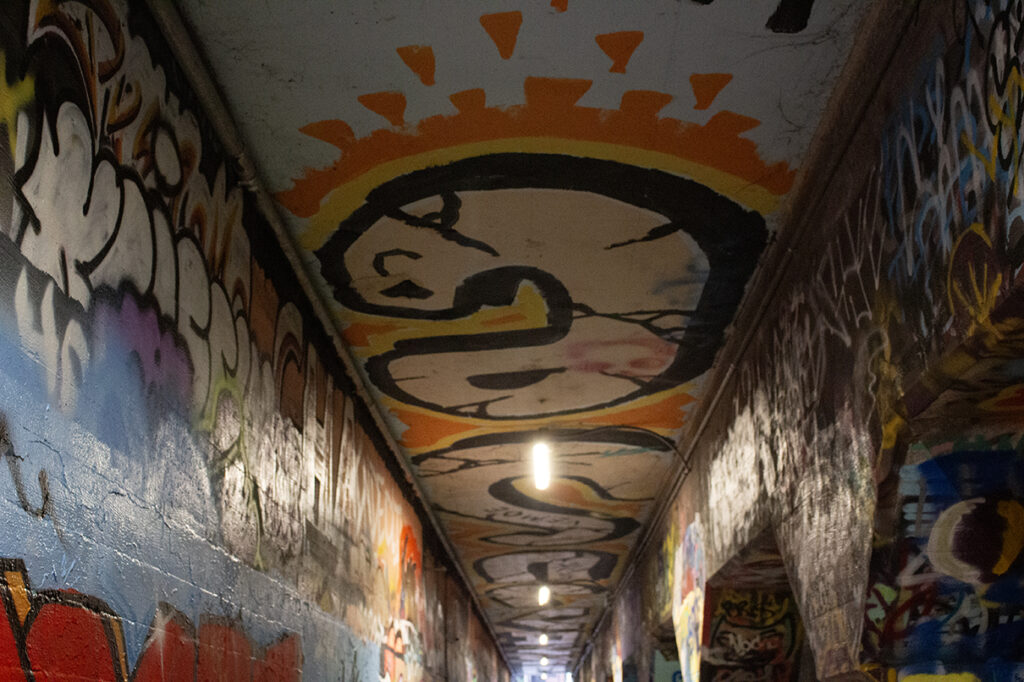Krog Street Tunnel
The Krog Street Tunnel in Atlanta isn’t just a passageway; it’s a dynamic canvas reflecting the city’s history and culture. Originally constructed in 1912, the tunnel served as a vital link between neighborhoods like Inman Park and Cabbagetown, facilitating the movement of goods and people.
In the 1960s and 70s, Atlanta experienced significant urban decay, and the tunnel was no exception. Neglect and vandalism turned it into a dimly lit, graffiti-covered underpass, often avoided by locals. But in the 1990s, a transformation began.
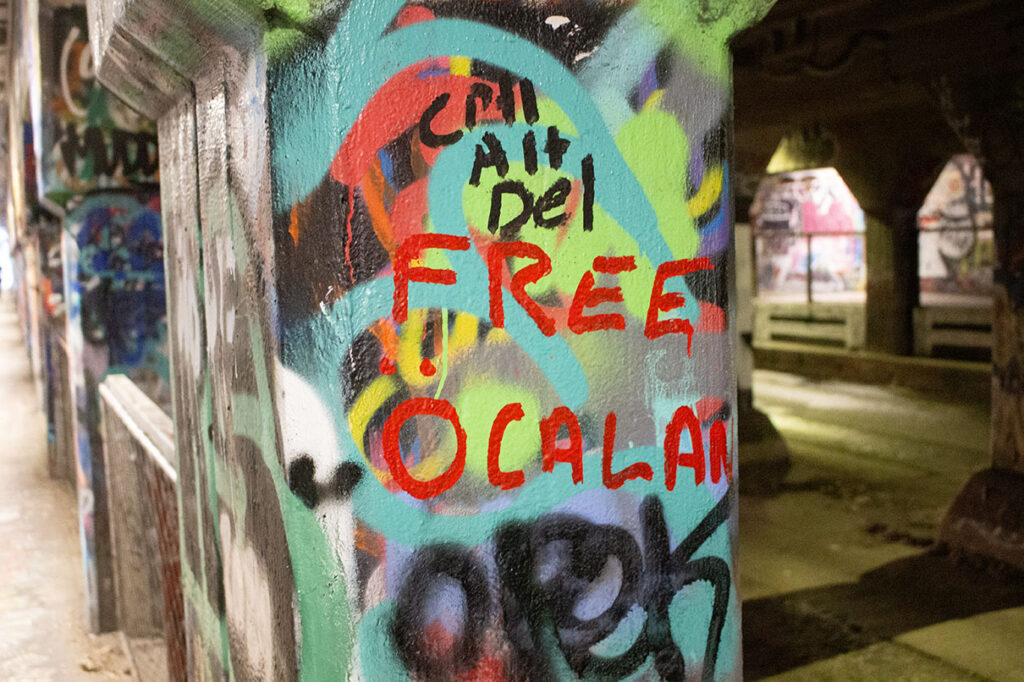
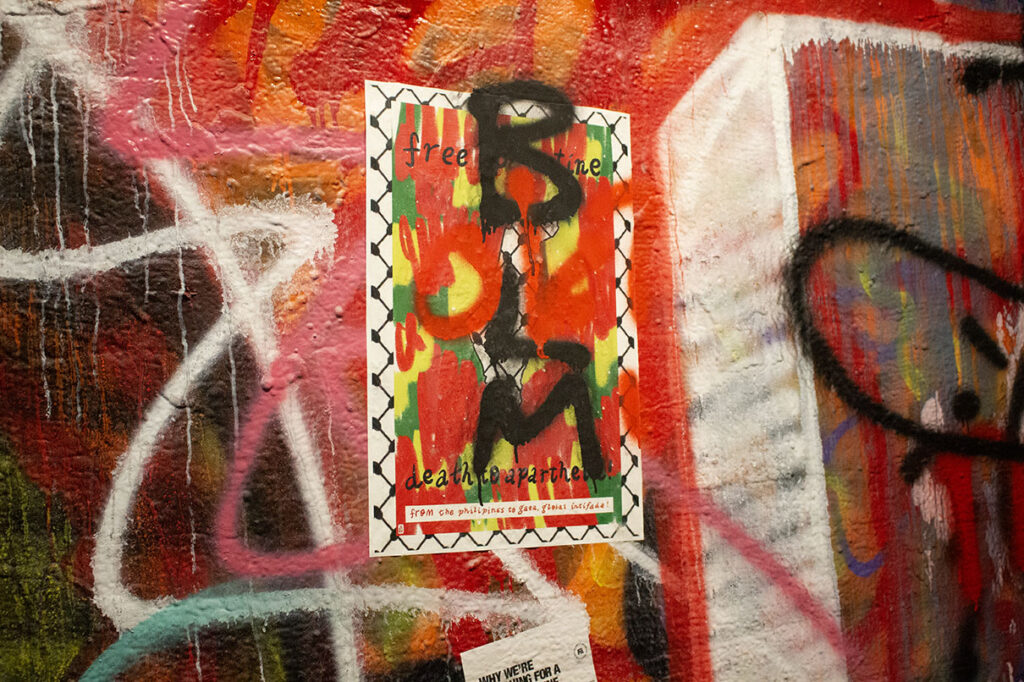
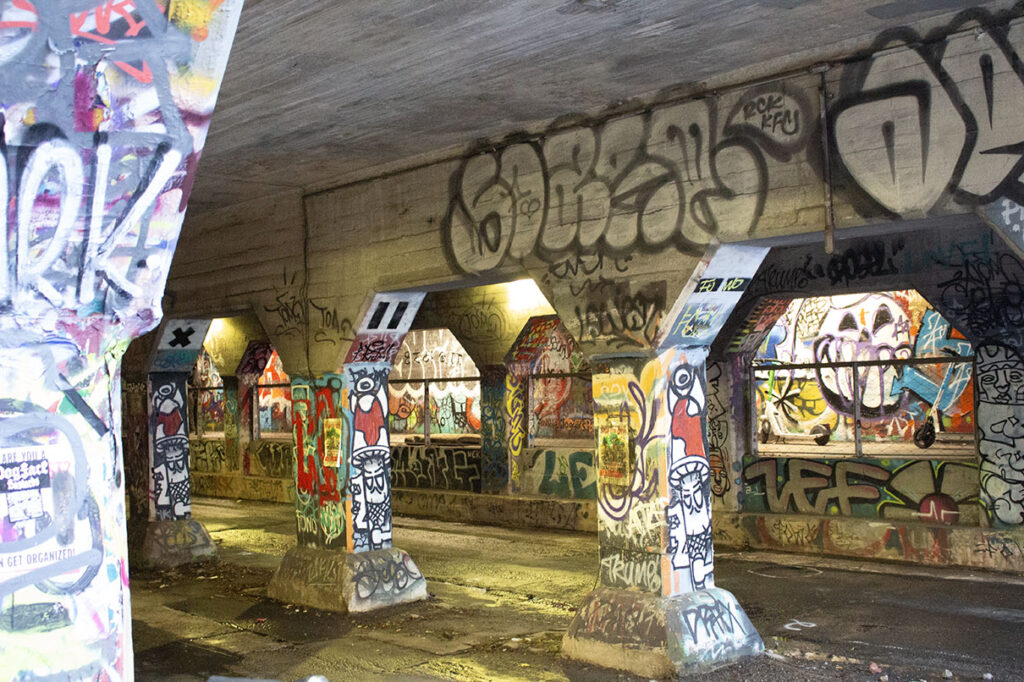
As Atlanta’s artistic community flourished, the tunnel became a blank canvas for street artists. With its permission-free walls, it became a hub for graffiti and street art, attracting artists from all over the city and beyond. Every inch of the tunnel’s walls was adorned with colorful murals, political statements, and personal expressions, reflecting the diverse voices of Atlanta.
Over time, the tunnel evolved into more than just a passage; it became a symbol of Atlanta’s resilience and creativity. It bore witness to the city’s struggles and triumphs, serving as a visual diary of its inhabitants. It functions as a neutral territory, where local artists and visitors can use its walls as a community resource.
Today, the Krog Street Tunnel stands as a testament to the power of art to transform spaces and communities. It’s a must-see destination for locals and tourists alike, offering a glimpse into Atlanta’s past, present, and future through the lens of street art. As the city continues to grow and change, one thing remains constant: the Krog Street Tunnel will always be a beacon of creativity and expression in the heart of Atlanta.

